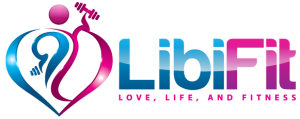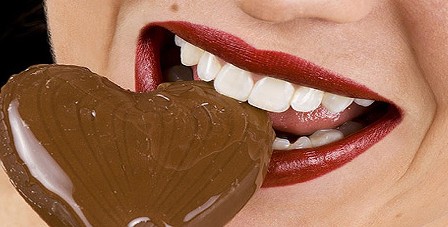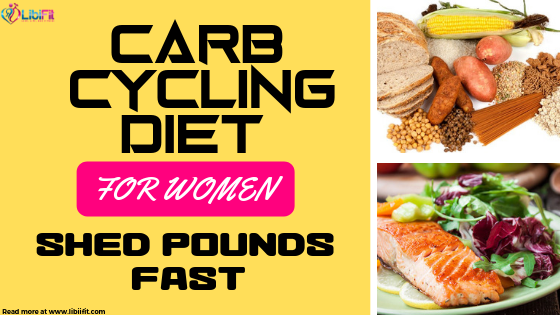Carbohydrate intake has been under the radar of most nutritionists for a long time now. While a number of successful diets focus on restricting/excluding carbs in the diet, there is great success in focusing on “cycling” carbohydrates, in a process known as the carb cycling diet.
This article will provide an in-depth review of the science behind carb cycling. It will also detail carb cycling scheduling and foods to eat while on the diet.
What is the Carb Cycling Diet?
Carb cycling refers to a dietary approach in which you continuously alter your carb intake on a daily, weekly, or a monthly basis. This approach is commonly used to get rid of excess fat, maintain physical performance, an overcome a weight loss plateau.
While some people adjust their carbohydrate intake on a daily basis, others prefer going on long periods of low, moderate and high-carb diets.
In short, a carb cycling diet aims at timing the carbohydrate intake to when it is the most beneficial and excludes or reducing it at certain times to create fat loss.
Your carb intake can be programmed based on a number of factors which include:
- Body Composition Goals: Some people will decrease the carbs during the diet and add them during the performance or muscle building phase.
- Training and Rest Days: One of the most popular approaches is a going for a high carb intake on training days and a comparatively lower one on the rest days.
- Scheduled Refeeds: Another famous approach is to go on a very high carb intake acting as a “refeed” after a prolonged phase of dieting.
- Special Competitions or Events: Athletes often load up on carbs prior to engaging in an event. A lot of physique competitors do the exact same thing before a photo shoot or an upcoming bodybuilding show.
- Type of Training: Individuals alter their daily carb intake depending on the duration and intensity of a certain training session. Longer, more intense training sessions lead to higher consumption of carbs and vice versa.
- Body Fat Levels: A lot of individuals cycle their carbohydrates depending upon the amount of fat in their body. The thinner they become, the more high-carb days they add to their schedule.
Why Does the Carb Cycling Diet Work (How it Burns Fat)
Carb cycling diet is a comparatively newer dietary approach. The science behind this program relies on the biological mechanisms that control carbohydrate manipulation.
Carb cycling diet is an attempt to match your body’s need for glucose or calories. For example, it helps provide the body with carbs during the intense training days. These high-carb days are also used for refueling the muscle glycogen which, in turn, improves the performance and reduces muscle breakdown.
Strategic high-carb periods also improves the function of appetite and weight-regulating hormones called ghrelin and leptin. [1]
The low-carb days on a typical carb cycling diet, switch your body to a fat-based system due to which your metabolic flexibility improves greatly. This also increases the ability of your body to burn fat as fuel in the long run which helps lose fat.
Another way carb cycling diet works for you is through the manipulation of insulin. The low-carb days together with targeting the carbs around exercise particularly improves the insulin sensitivity.
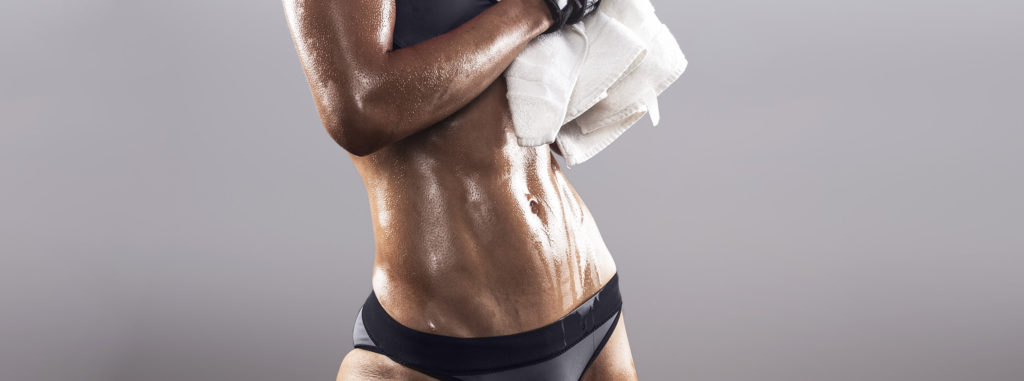
Sample Carb Cycling Diet Schedule
There are several variations of carb cycling. Some carb cycling schedules may only include high and low carb days, while other schedules may include high, moderate, and low days. The selected schedule should depend on what is best for you individually. As a general rule of thumb, high carb days should only occur on days of more intense weight training and exercising. If you are someone who does not exercise very often, you may want to limit your high carb days to 1-2 days per week. However, if you perform vigorous exercise more than 3 times per week, you may want to have up to 3 high carb days per week.
Here are sample carb cycling diet schedules. Again, you have to choose what is best for you. Keep in mind that more lower carb days will facilitate greater fat loss.
Sample Schedule 1 (Beginner)
| Day | Carb Intake | Grams of Carbs |
| Monday | High | 200 g |
| Tuesday | Moderate | 100 g |
| Wednesday | No/Low | 0 – 50 g |
| Thursday | High | 200 g |
| Friday | Moderate | 100 g |
| Saturday | No/Low | 0 – 50 g |
| Sunday | No/Low | 0 – 50 g |
Sample Schedule 2 (Extreme Fat Loss)
| Day | Carb Intake | Grams of Carbs |
| Monday | Low | 30 g |
| Tuesday | Low | 30 g |
| Wednesday | High | 200 g |
| Thursday | Low | 30 g |
| Friday | Low | 30 g |
| Saturday | High | 200 g |
| Sunday | Low | 30 g |
Sample Schedule 3 (Exercise 3X per week)
| Day | Carb Intake | Grams of Carbs |
| Monday | High | 200 g |
| Tuesday | Low | 50 g |
| Wednesday | High | 200 g |
| Thursday | Low | 50 g |
| Friday | High | 200 g |
| Saturday | Low | 50 g |
| Sunday | Low | 50 g |
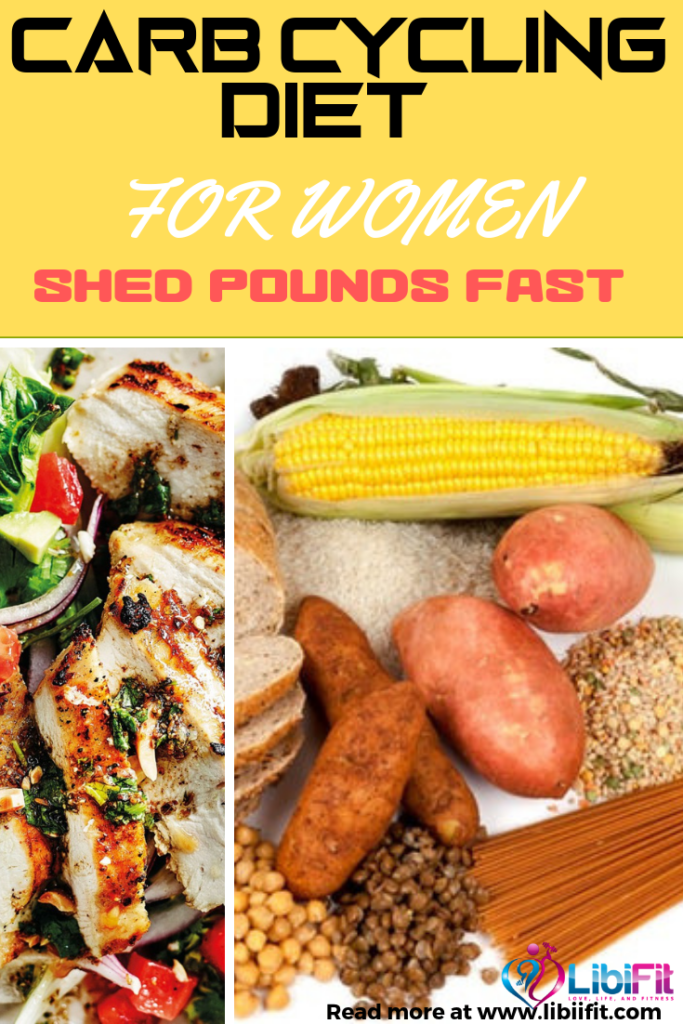
Foods to Eat on a Carb Cycling Diet
While on a carb cycling diet, the types of carb you eat on your high, moderate, and low days should vary. Here is a list of the types you should consume based on your carb intake level. Remember, on low/no carb days, you should only consume low carb veggies.
High/Moderate
- Starchy Veggies (potatoes, sweet potatoes, yams)
- Beans, Lentils, Peas
- Whole grains (brown rice, quinoa, oats)
- Fruits and Veggies
- Whole grain pasta and bread
Low/No
- Leafy greens (spinach, cabbage, kale, lettuce chard, etc.)
- Eggplant
- Tomatoes
- Broccoli
- Cauliflower
- Zucchini
- Celery
- Asparagus
- Onions
- Cucumbers
In addition to eating the right carbs, you must make sure that you consume the proper amount of all of the macronutrients: protein, carbs, and fat. Pertaining to protein, a good rule of thumb is to consume at least half your body weight in grams. For example, a person weighing 150 pounds, should consume at least 75 grams of protein per day. For individuals looking to build lean muscle and burn more fat, it is recommended to consume 2/3 to 1 gram of protein per body weight. Here is a quick list of good lean protein sources for a carb cycling diet.
- Turkey Breast
- Chicken Breast
- Egg Whites
- Pork Chops
- Lean Beef
- Shrimp
- Tofu
- Lamb
- Tuna
- Tilapia
- Flounder
- Cod
- Halibut
- Orange Roughy
- Salmon
Consuming the proper amount of fat is important as well. Here are healthy fat sources:
- Avocados
- Cheese
- Nuts and Seeds
- Olive Oil
- Eggs
- Nut butters (peanut butter, almond butter)
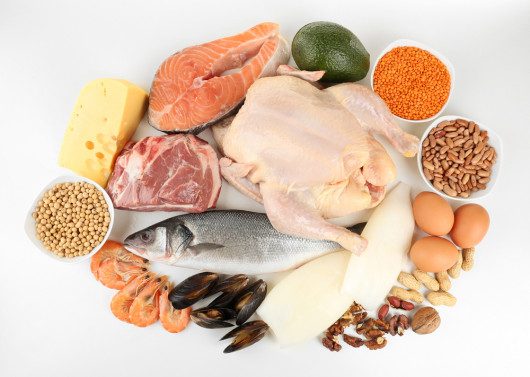
Keep in mind that you must monitor your fat intake. You an slightly increase your fat intake on low/no carb days. However, you must make sure you do not consume too much fat. This will stop weight loss and lead to weight gain.
Foods to Avoid on a Carb Cycling Diet
All process foods must be avoided while on a carb cycling diet. Refined carbs lead to weight gain and even though you count the carbs in these foods and keep track of them, you need to avoid them. Here is a quick list of foods to avoid:
- Candies
- Sodas
- Pastries (donuts, cupcakes, pies, etc.)
- Sugary cereals
- White carbs (white bread, white pasta)
Carb Refeeds: How they Help Burn More Fat on a Carb Cycling Diet
A carbohydrate reefed refers to a short period of time when you strategically eat more carbohydrates than usual. While the range may vary from person to person, the normal range of carbs for most of the people is between 300 grams to 1000 grams of carbs.
Refeeding yourself on carbs is extremely important for a number of reasons. This always puts your body into a caloric surplus and if done properly, carb refeeds can even prevent fat gain usually linked to a caloric surplus.
The Science Behind Refeeds
Refeeding is usually said to have strong ties with the bodybuilding culture. A lot of individuals previously followed this dietary manipulation before it was backed up by all the research.
What’s interesting is that while it may seem unnecessary from a performance and practicality standpoint, it actually checks out.
You might be wondering what is the actual point behind overeating carbs when you know they make have been linked to increase weight gain and fat accumulation.

To understand this, remember that as you are dieting aggressively to get rid of the body weight, the metabolic processes of your body tend to slow down naturally. Over time, you start burning glycogen, the carbs stored in your muscles, which negatively impacts your performance in the gym.
Refeeds help refill these depleted glycogen stores and give a boost to your hormones regulating weight loss and gain. If you are on a diet and find it difficult to do your best in the gym, it might be because you are losing muscle. This is especially true when you go too long without taking any break from dieting or observing any carbohydrate refeeds.
Having extremely low carbohydrate levels in the body may lead to a lesser production ofT3 thyroid hormone. Because T3 is an important driver of your body’s metabolism, a deficiency of this hormone makes it difficult to process fat and lose weight.
Going through regular carb refeeds prevent this deficiency of T3 and makes sure your metabolism runs optimally.
Another reason why a reefed can help you lose fat is its ability to increase the hormone leptin. When you are following a diet for an extended period of time, you are losing fat which, in turn, reduces the amount of leptin in your body. A decreased leptin level triggers hunger forcing you to eat more than you need. This often leads to weight gain and all your efforts to look slimmer go waste.
With regular carb refeeds, your body tends to maintain the amount of leptin in your body. This keeps your hunger levels in check and makes sure that you do not overeat.
Conclusion
Carb cycling diet is a relatively newer approach to lose weight efficiently and safely. It involves eating carbohydrate-rich diets for days, weeks, or even months. Here are 5 quick carb cycling diet rules.
5 Carb Cycling Diet Rules
- Eat 5-6 meals per day
- Eat 20 – 40 grams of protein per meal
- Eat vegetables at every meal
- Only consume whole grain carbs
- Drink at least ½ your body weight in ounces of water each day.
Following a carb cycling diet can help promote fat loss by improving metabolism and balancing hormones responsible for regulating hunger and appetite. This dietary approach may take some time to work than the usual diet plans but produces more optimal results. So try it out now.
